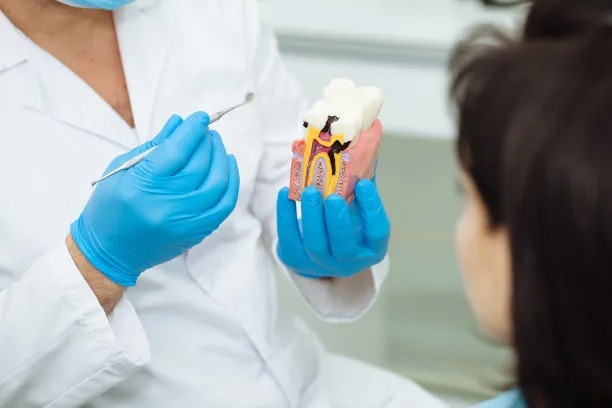Comprehensive Guide to Understanding Dental Implant Treatment Options and Benefits for Optimal Oral Health and Aesthetic Restoration
Summary: Dental implants have revolutionized the field of restorative dentistry, offering patients a reliable, effective solution for missing teeth. This comprehensive guide explores the various treatment options available for dental implants, their significant benefits, and the optimal choices for enhancing both oral health and aesthetic appeal. By understanding the intricacies of dental implant procedures, patients can make informed decisions regarding their oral health journeys. Throughout this article, we will delve into the types of implants, the procedural steps, the associated benefits, and the importance of postoperative care in achieving the best possible outcomes.
1. Types of Dental Implant Options

Dental implants come in several types, primarily classified into endosteal and subperiosteal implants. Endosteal implants involve placing the titanium post directly into the jawbone, making them the most common and preferred option for candidates with sufficient bone density. These implants resemble screws, providing a stable foundation for replacement teeth.
In contrast, subperiosteal implants are placed under the gum but above the jawbone. This method is typically recommended for individuals who may lack adequate bone height and are not candidates for bone grafting. Understanding these types allows patients to discuss suitable options with their dentist based on their specific conditions.
Additionally, advancements in materials and technologies have led to the development of mini implants, which are smaller in diameter and less invasive. These are ideal for individuals seeking to replace a single tooth or in scenarios where bone mass is minimal. Different implant types ensure that patients have personalized solutions best fitted to their needs.
2. The Dental Implant Procedure Explained
The dental implant procedure generally unfolds in several stages. Initially, a comprehensive assessment by the dentist involves reviewing the patient’s health history and conducting imaging tests to evaluate jawbone quality and structure. This step is critical for determining the appropriateness of implants.
Once the planning is complete, the first phase involves the surgical placement of the titanium post, which acts as an artificial tooth root. After the post is securely anchored, patients typically enter a healing period that lasts several months. During this time, osseointegration occurs, a process where the bone fuses with the implant, ensuring stability.
In the final stage, the dentist attaches a custom-made crown to the post, completing the restoration. This meticulous process underscores the importance of professional skill and patient cooperation to ensure successful results. Understanding each stage empowers patients to adhere to recommended guidelines for optimal recovery.
3. Benefits of Dental Implants for Oral Health
One of the most significant benefits of dental implants is their ability to preserve jawbone structure. When a tooth is lost, the underlying bone starts to resorb, which can alter the facial structure and lead to further tooth loss. Implants stimulate the jawbone, preventing deterioration and maintaining a youthful appearance.
Moreover, dental implants significantly improve functional capabilities. Unlike dentures, which can shift or slip, implants provide a stable, secure fit. This allows patients to eat their favorite foods and engage in conversations without fear of movement, increasing their overall quality of life.
Additionally, dental implants are designed to be long-lasting and require less maintenance than bridges or dentures. With proper care, they can last for a lifetime, making them a cost-effective solution in the long run. These advantages go beyond aesthetics, offering profound functional and health benefits.
4. Importance of Postoperative Care
Postoperative care is crucial for the success of dental implant treatment. Patients should follow their dentist’s guidelines, which may include avoiding certain foods, practicing good oral hygiene, and attending follow-up appointments. These steps help ensure proper healing and implant integration.
Regular monitoring and dental check-ups provide opportunities to identify any potential complications early on. Patients should be vigilant about any signs of infection, such as swelling or discomfort, and communicate promptly with their dental professional if concerns arise.
Maintaining a diligent oral hygiene routine, including brushing and flossing, is essential to protect both the new implant and surrounding teeth. Incorporating these practices into daily life promotes long-term success and optimal oral health outcomes.
Summary:
This comprehensive guide has explored the various aspects of dental implants, from the types available to the detailed procedures involved. With a strong emphasis on the numerous benefits, including enhanced oral health and aesthetics, it is clear that dental implants serve as a transformative solution for many individuals. Understanding the importance of follow-up care further underscores the responsibility shared between patients and dental professionals in achieving successful results.
This article is compiled by Vickong Dental and the content is for reference only.



